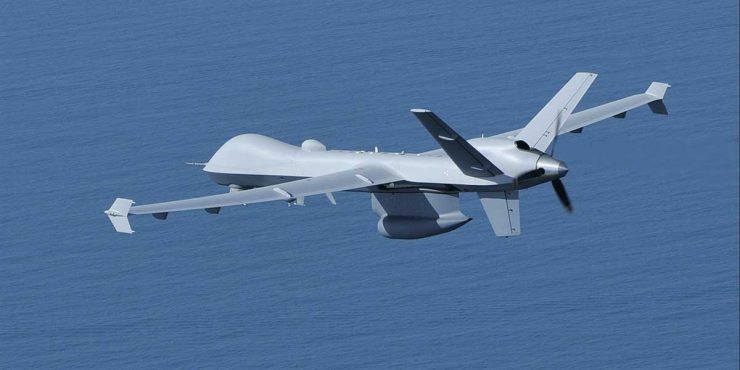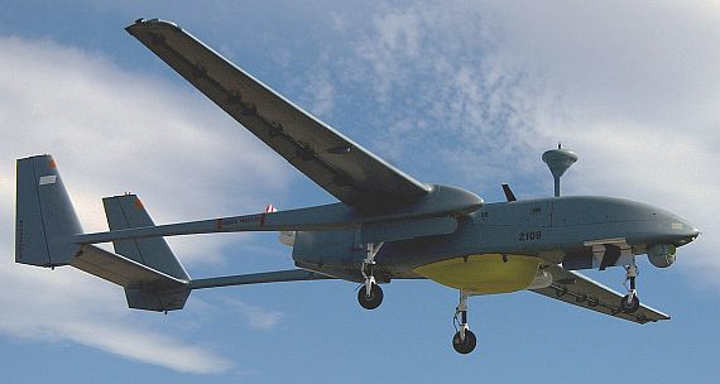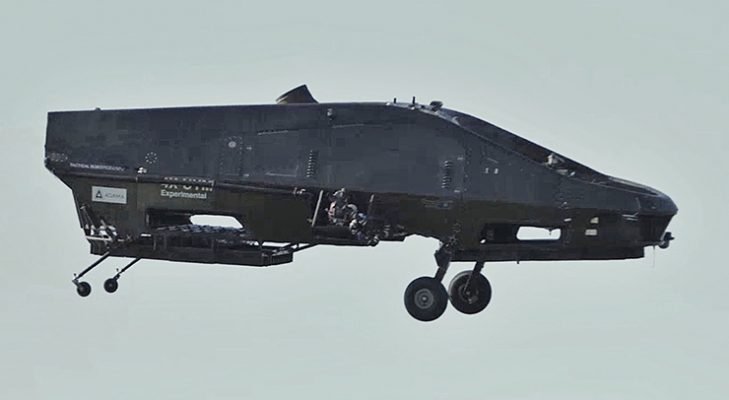
In November 2019, India leased from the United States two MQ-9 Guardian/ Predator-B class drones, to be operated by the Indian Navy. This deal catapults India into the League of Nations with persistence surveillance capabilities. Although India’s surveillance capability are still far from being fully persistent, the induction of Predator B class drone complements India’s existing surveillance capabilities via satellite, Herons, searchers and the significant number of formidable Poseidon maritime patrol aircrafts.
The induction of the Predator B class drone also known as MALE (medium altitude long endurance) assumes greater significance with the current ongoing standoff with China. It puts China on notice by sending a firm message that its military assets are being constantly monitored and tracked even more, at least within India’s territorial integrity which extends from the Straight of Malacca to the Gulf of Aden. Capable of carrying out surveillance for more than 30 hours, the drones are operating out of Indian Navy’s INS Rajali airbase. If the media reports are credible then the drones can also be made available for the Indian Army deployed along the LAC in Eastern Ladakh where India and China are engaged in a military standoff since May 2020. The deployment of the Predator in Ladakh while upping the ante would ease a tremendous amount of burden on the pilots operating manned assets while reducing the wear and tear of frontline combat systems that are engaged in round the clock patrolling.
Leasing a strategic military asset is not a new concept for India as it had leased an Akula class nuclear submarine from Russia in the recent past. Leasing has now become a part of the new defence acquisition procedure 2020. Leasing of complex military equipment has its own benefits in terms of doing away with service and maintenance, as it becomes the responsibility of the vendor. Leasing also gives user the required training so that assets can be deployed quickly when purchased in large numbers. At present we do not know the cost incurred by the Government of India for the lease but what is known that the 30 odd Predator class systems planned for by the military are going to cost the exchequer a pretty penny. Each system consisting of four drones costs the US exchequer approximately US$64 million, for India the cost may be significantly higher due to margins and customisation for the Indian military, which is often the case with fighter and other front line combat system procurements.
Operating one UAV (MALE) requires a crew of up to 20 highly trained support personnel. The operators of the Predator B class drones are mainly ex Air Force or Navy officers and pilots. According to Lt Col Matt Martin United States Air Force, “Over two decades of combat RPA experience has led practitioners to a different view—that the effective employment of RPAs has been improved by using pilots with previous experience in manned aircraft and undergraduate training where pilot candidates received a foundation of manned flying skills. Furthermore the USAF experience has been that leadership, character, and decision-making qualities needed for effective RPA employment are nearly identical to those required for the effective and efficient employment of manned weapons system.”

The bigger bang for the buck from the MALE platform will only come when the Platforms go from a purely surveillance role to an armed patrol mission performing remote split operations. India’s case for acquiring the predator class drone has been long overdue, its sale was restricted as India was not a signatory of the (MTCR) missile technology control regime. India now having become a party to the regime as well as entering into security arrangements such as the Logistics Exchange Memorandum of Agreement (LEMOA), Communications, Compatibility and Security Agreement (COMCASA), and the Industrial Security Agreement (ISA), with the US, clears the deck for the induction of advanced surveillance as well as armed unmanned systems.
An armed drone also brings with it the moral conundrum concerning the lethal use of drone technologies, measured in terms of their legality, morality, and overall effectiveness. Will India be able to deploy such technologies in the fight against terrorism and counterinsurgency operations? It is important that greater transparency is exercised to obtain broad public support for its use. The use of armed drones is an unchartered territory for India and it would be prudent if the platform is configured purely for surveillance missions in the short run. India as a responsible nation at all costs ought not follow nations that have used armed drones indiscriminately killing civilians incurring their wrath and enmity for generations to come. While it may be tempting to use armed drones for counter insurgency operations, it has to be kept in mind the use of this capability is a slippery slope which opens a can of worms along the way. A plethora of international laws get violated in the process apart from massive condemnation in international and domestic forums.

While India is pursuing its own fledgling MALE UAV development program, the fact remains that India’s MALE UAV development program remains leagues below the capabilities offered by the predator class drone. Should India pursue its own development now that the Predators are being acquired? Very much so and more so. India’s domestic drone development program is barely a decade old and it is already showing great promise with innovative start-ups supplying various systems for a variety of applications in the defence, civil and commercial sector. Domestically all drone based applications must be pursued by made in India products this includes surveillance and related applications for the defence and other security agencies. It is only a matter of time that Indian private sector companies will graduate from manufacturing small UAVs to tactical class UAVs and beyond. The Indian media has recently reported that the Indian Army has awarded ideaForge a contract for the supply of VTOL small unmanned systems for the surveillance of the LAC. This is a significant contract amounting to nearly US$20 million and is indicative of the growing faith and confidence in made in India products.
Since the Purulia arms drop in 1995, the Kargil war in 1999, coordinated infiltration by Lashkar-e-Taiba in 2008 leading up to the 26/11 attacks, encroachment of the Galwan Valley by the Chinese Army in May 2020, are all indicative of the vast surveillance gaps that continue to plague India’s borders. It is only cutting edge surveillance technology that will help plug in these gaps. The Acquisition of the Predator B is indeed a game-changer, the next level in surveillance will be an High Altitude Platform for which the planning by the Government of India is already underway.
-The writer is Chief Business Officer of the Andhra Pradesh Aerospace and Defence Electronics Park, a mentor at the Atal Incubation Centre and Strategic Advisor to Kadet Defence Systems. He has worked on proprietary issues related to High Altitude Airship Technology and is one of the leading expert conversant in this technological capability. He is passionate about the UAV sector and is involved with the government and the private sector on UAV policy formulation and the benefits of UAV technologies. The views expressed are personal and do not necessarily reflect the views of Raksha Anirveda








